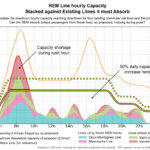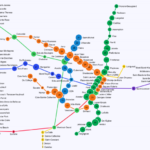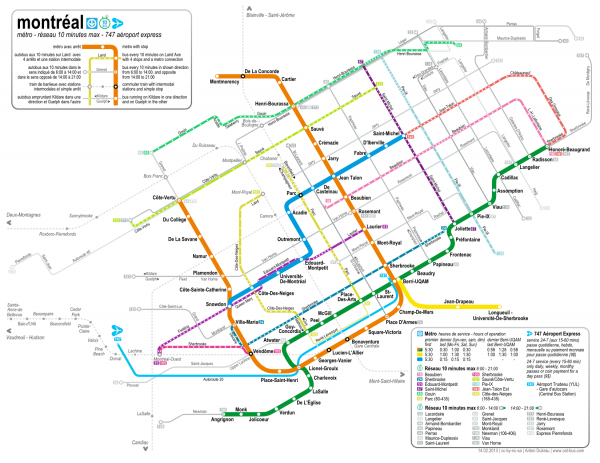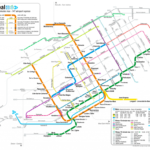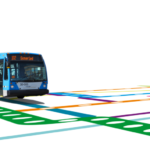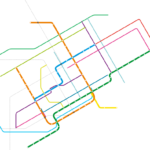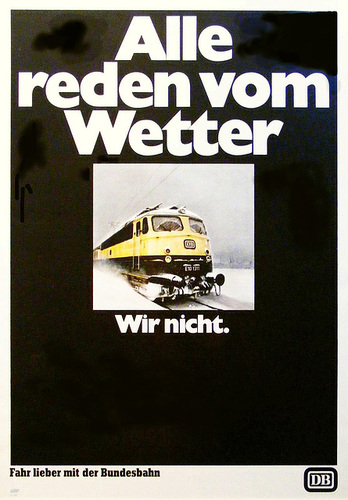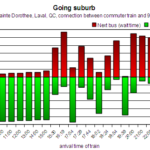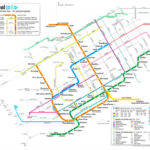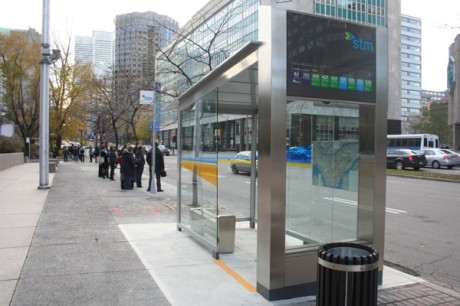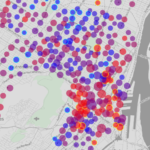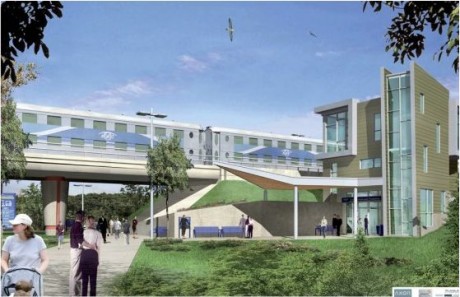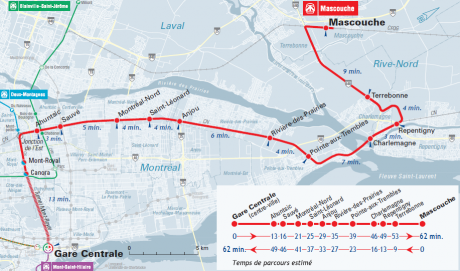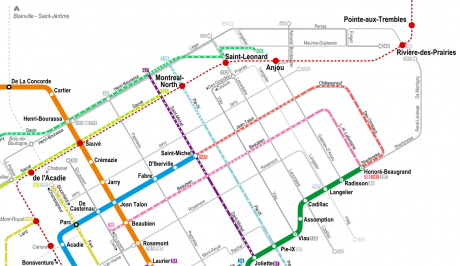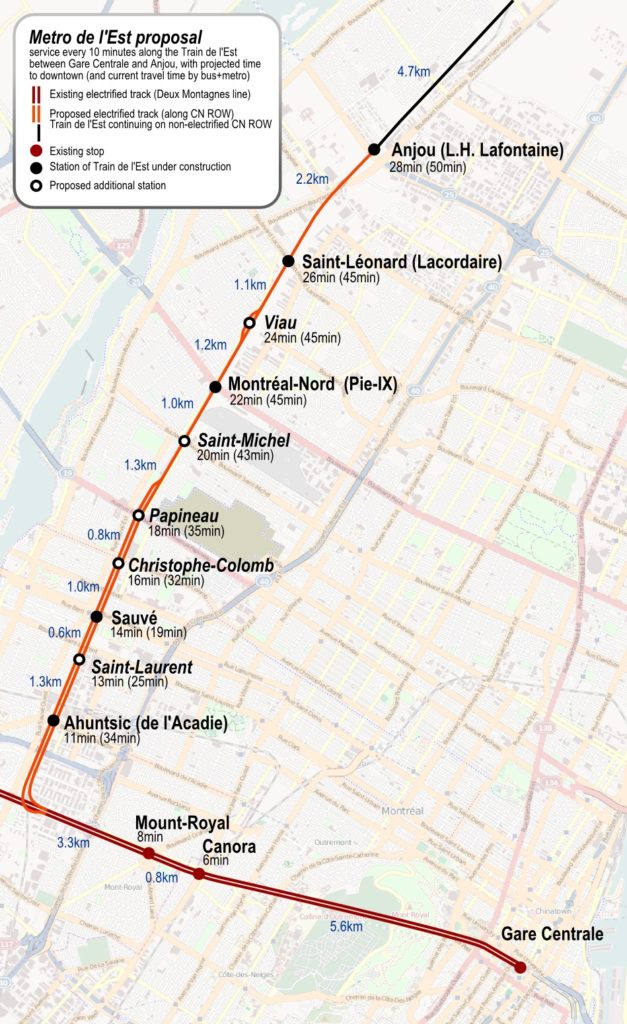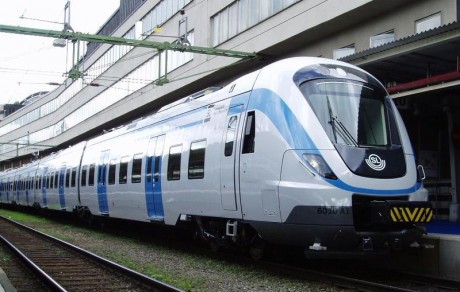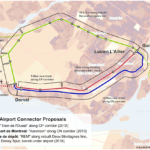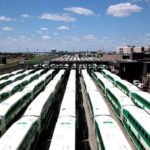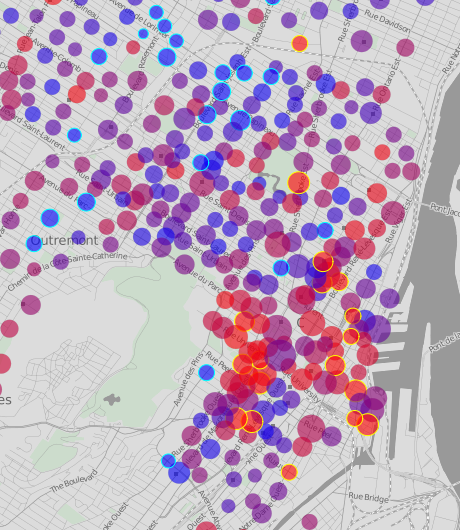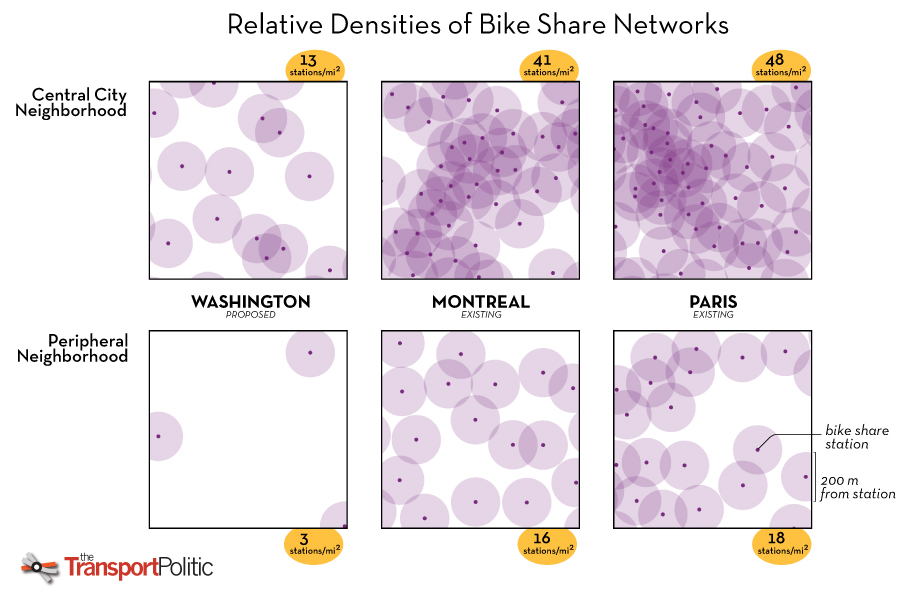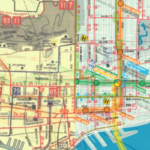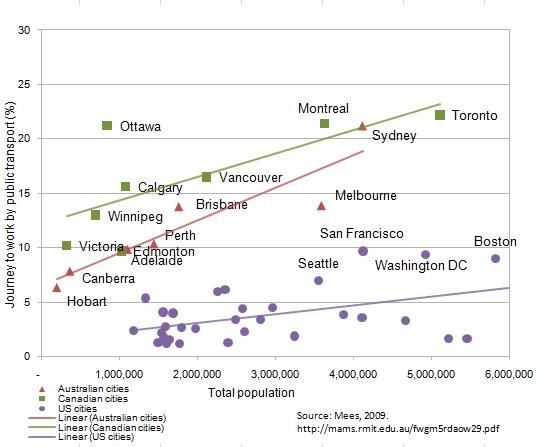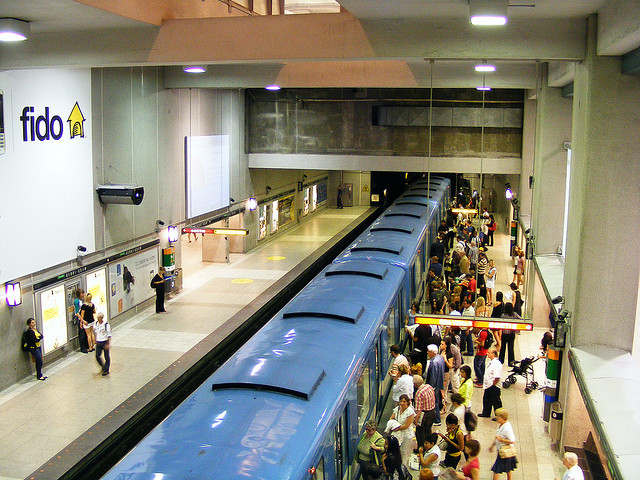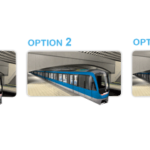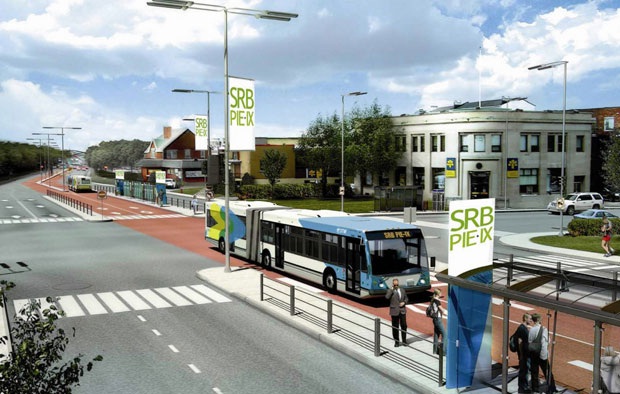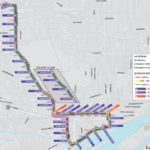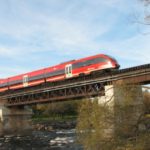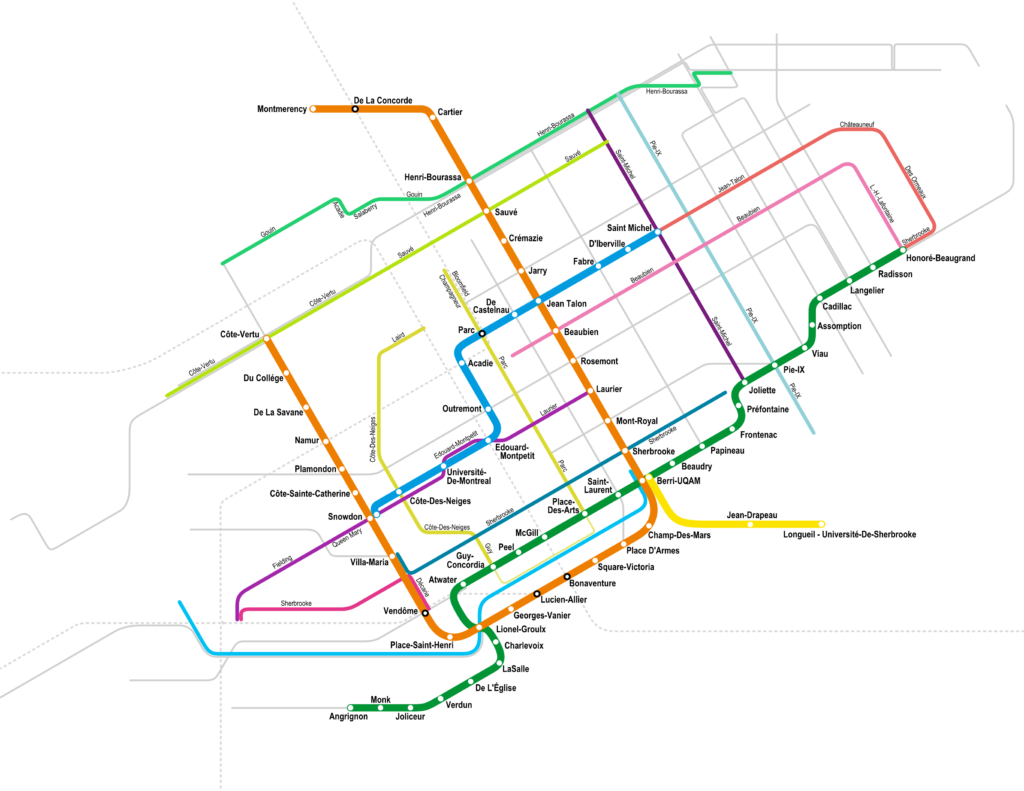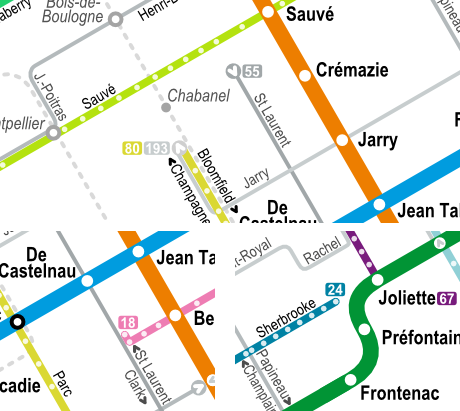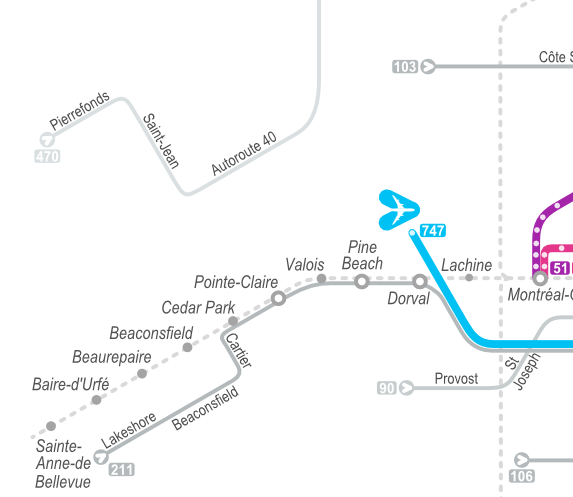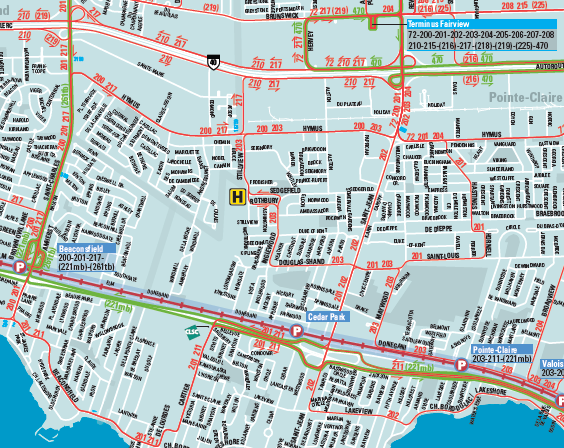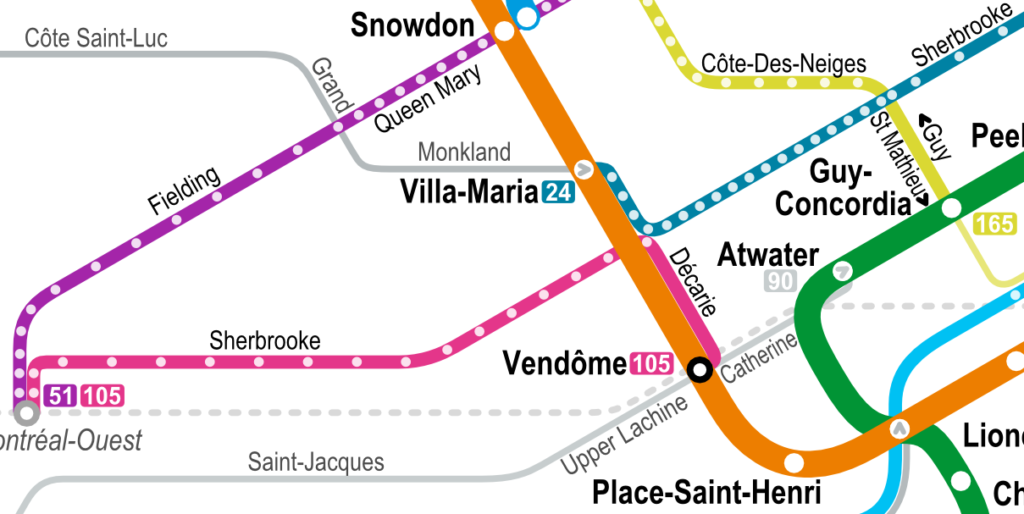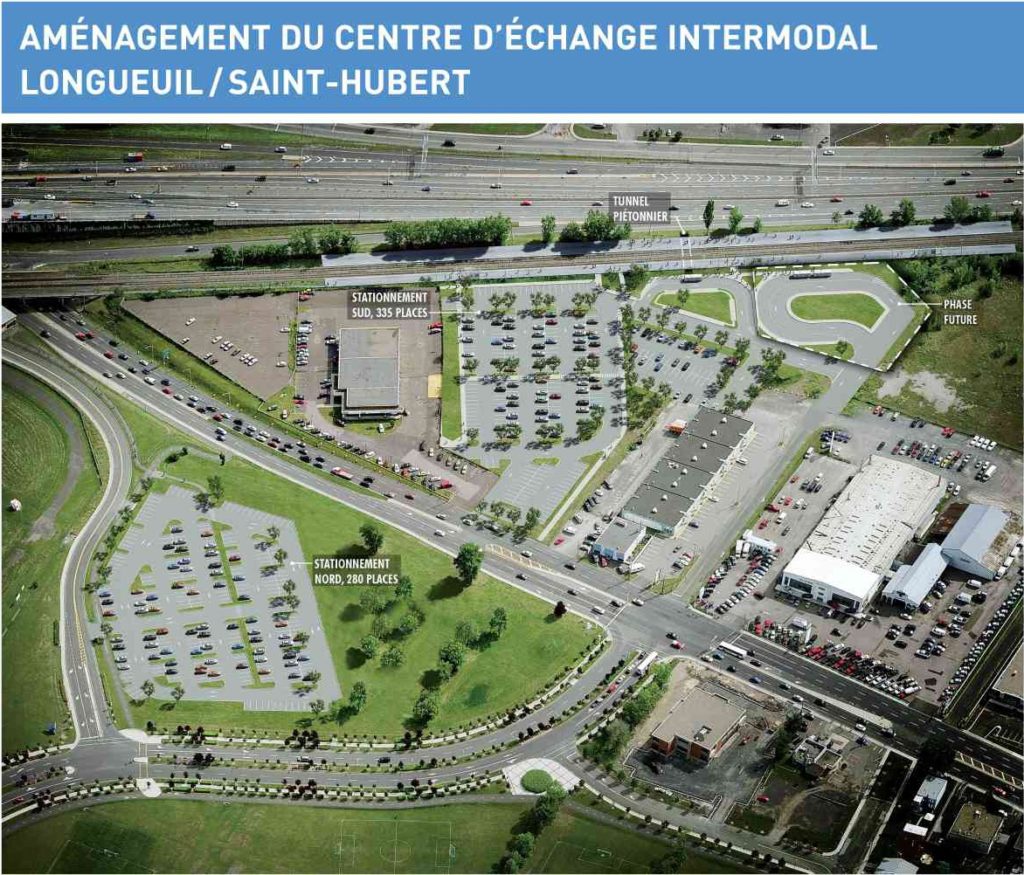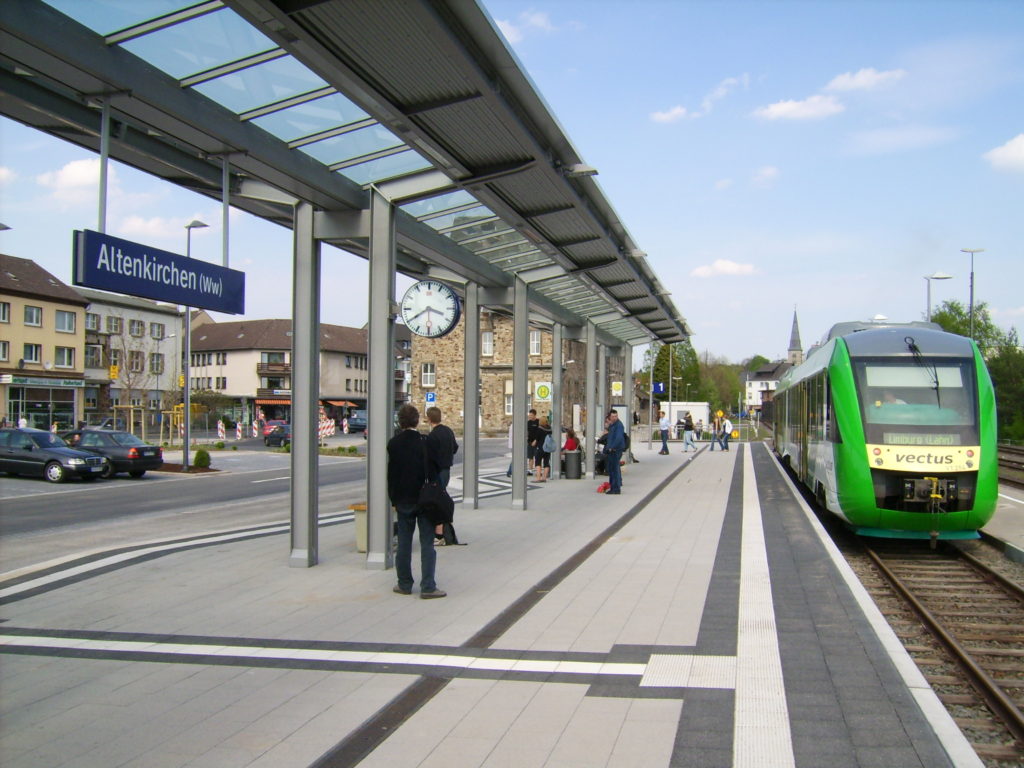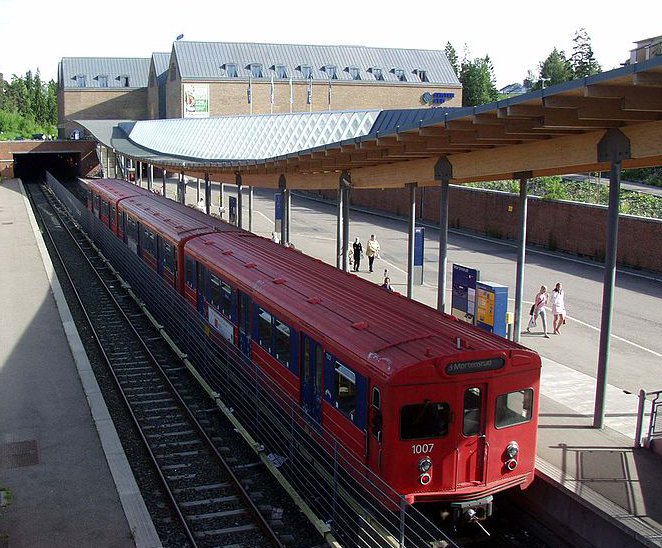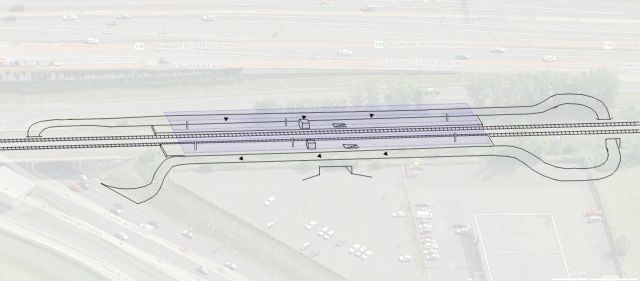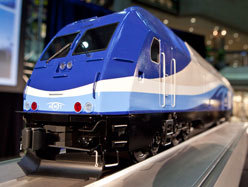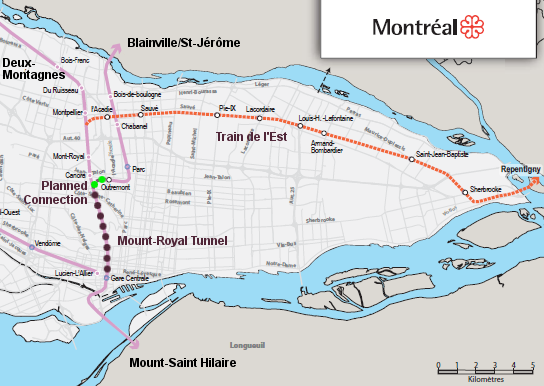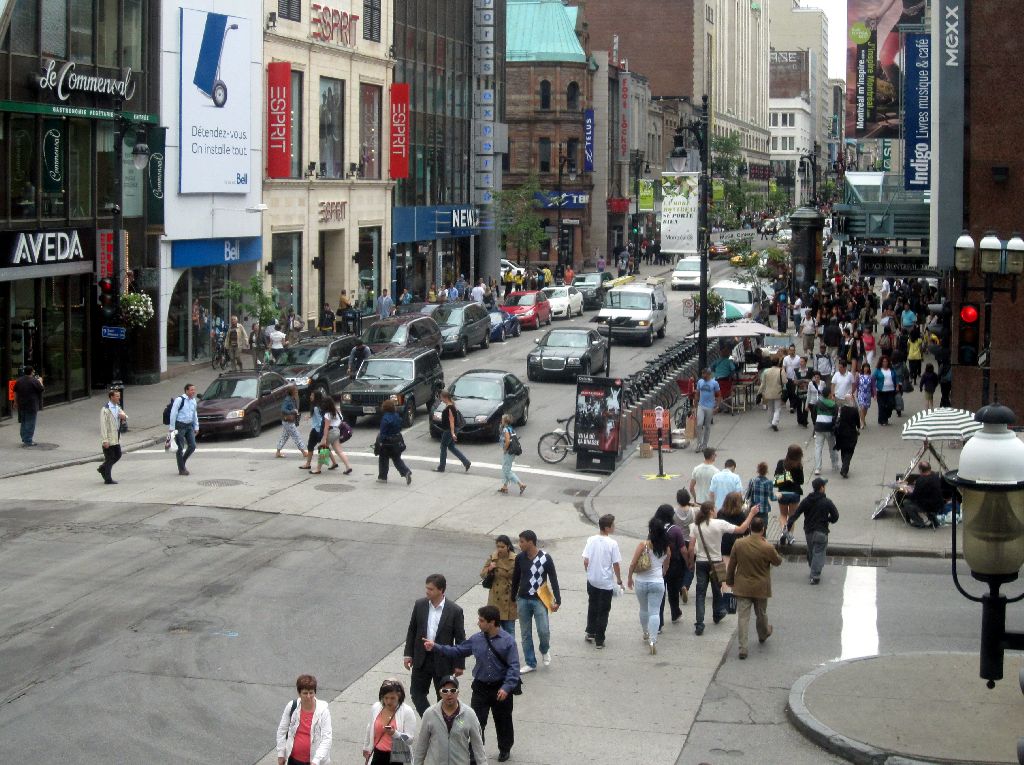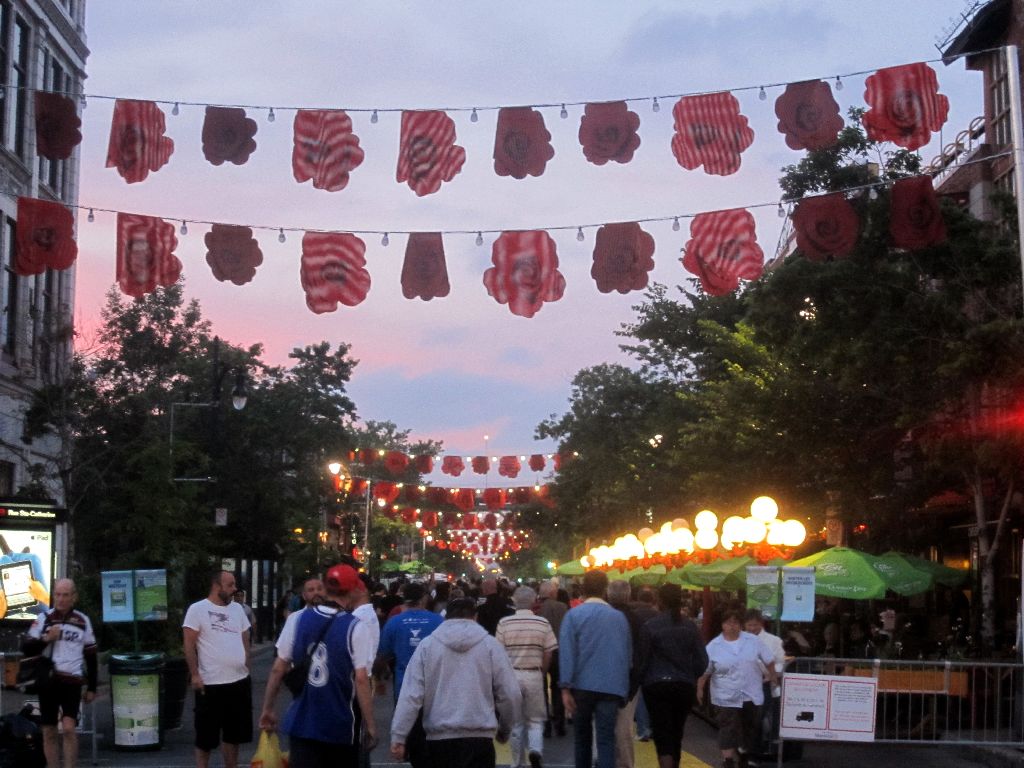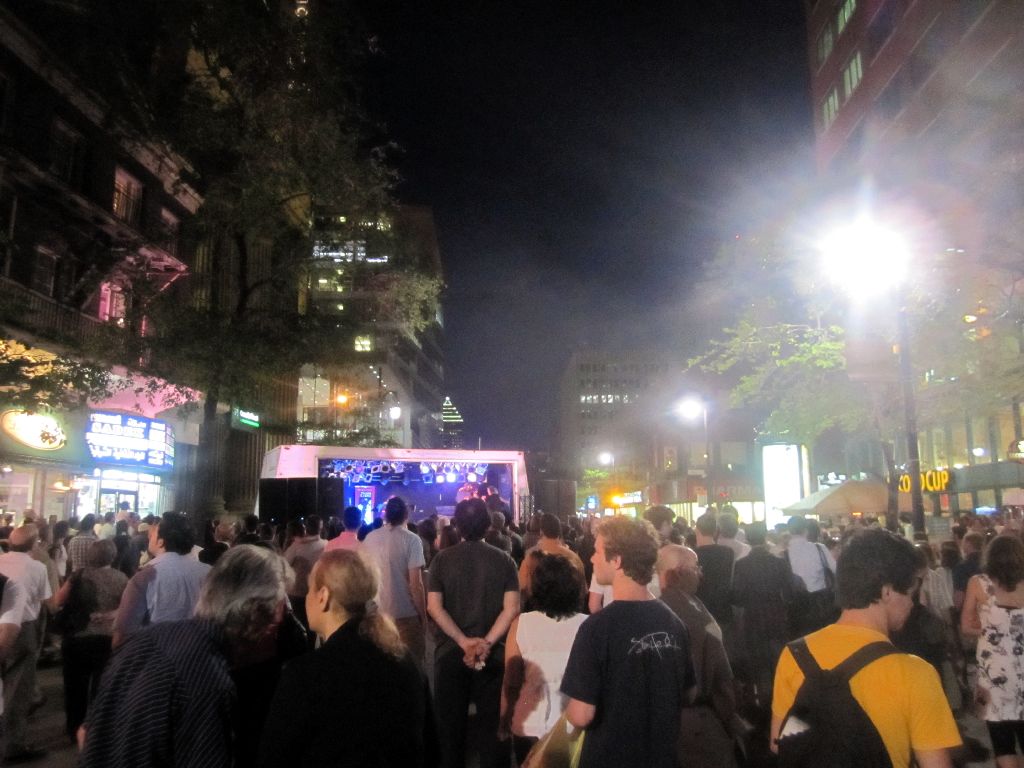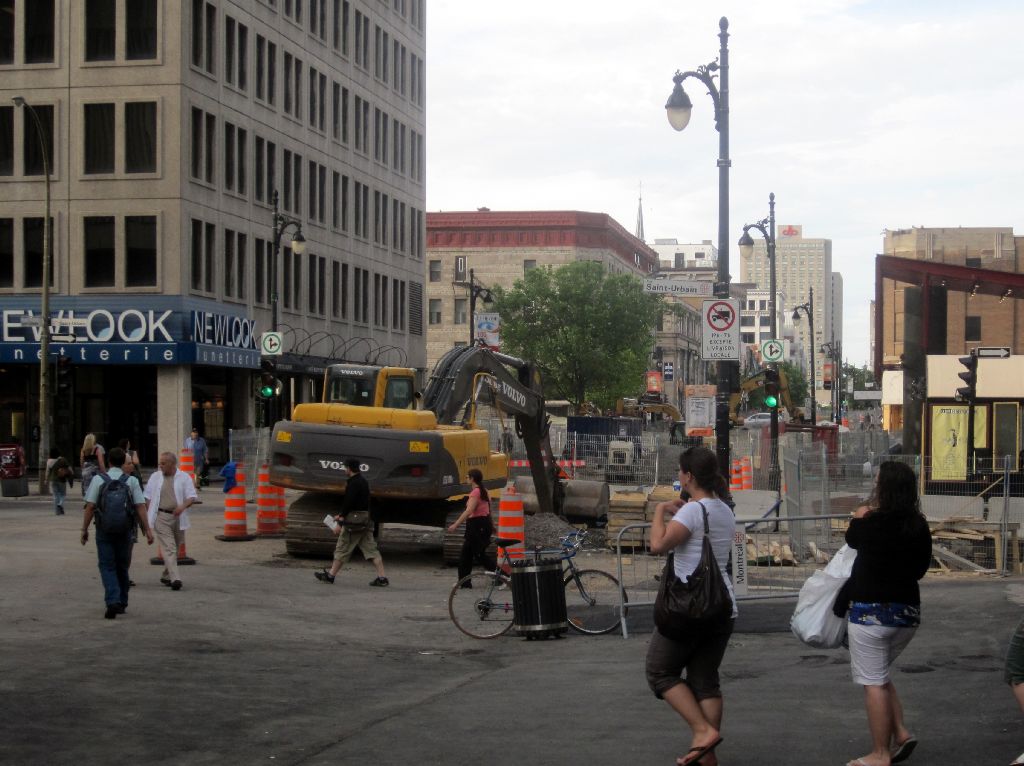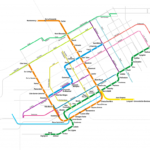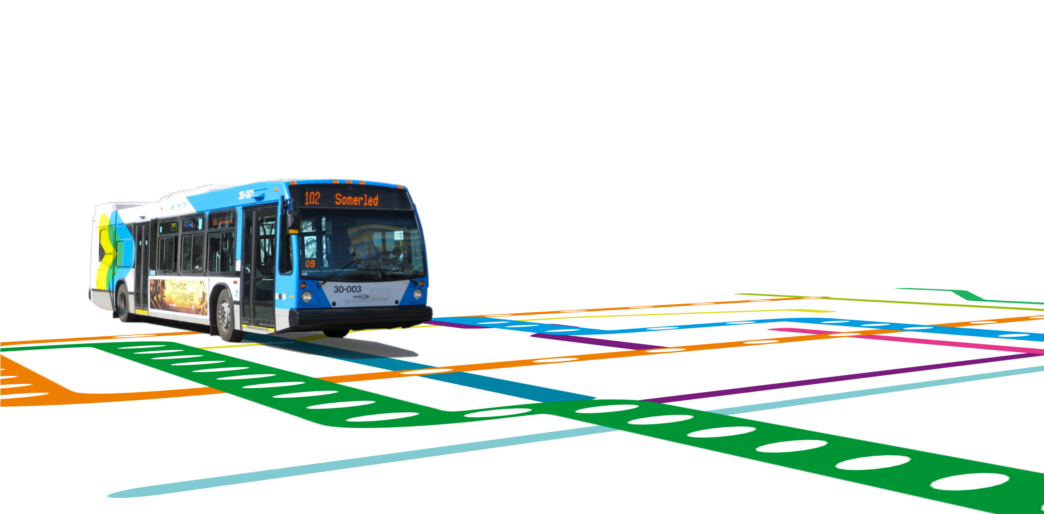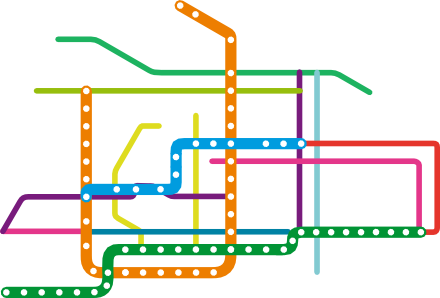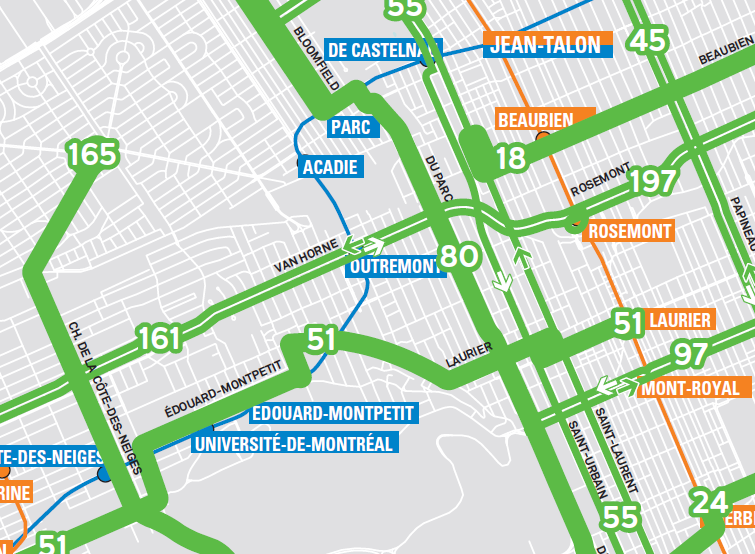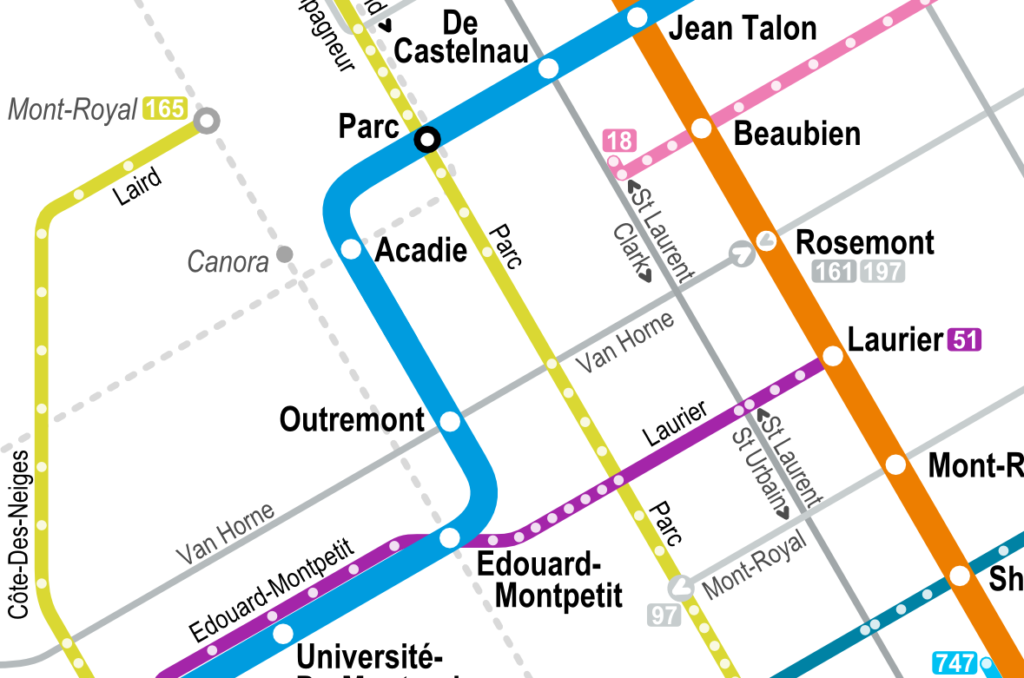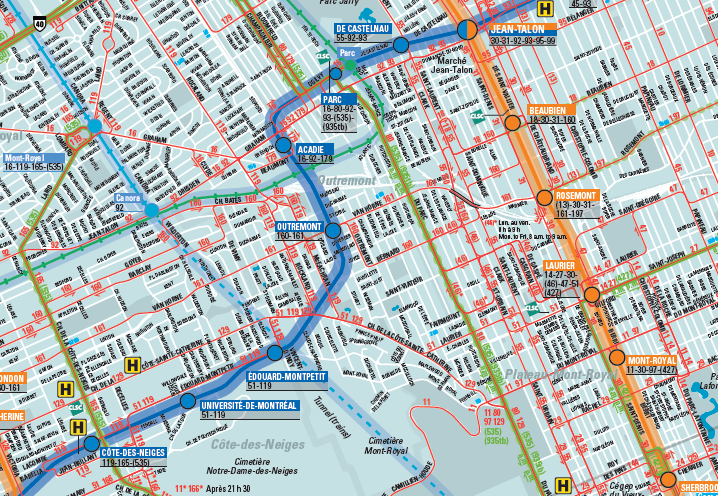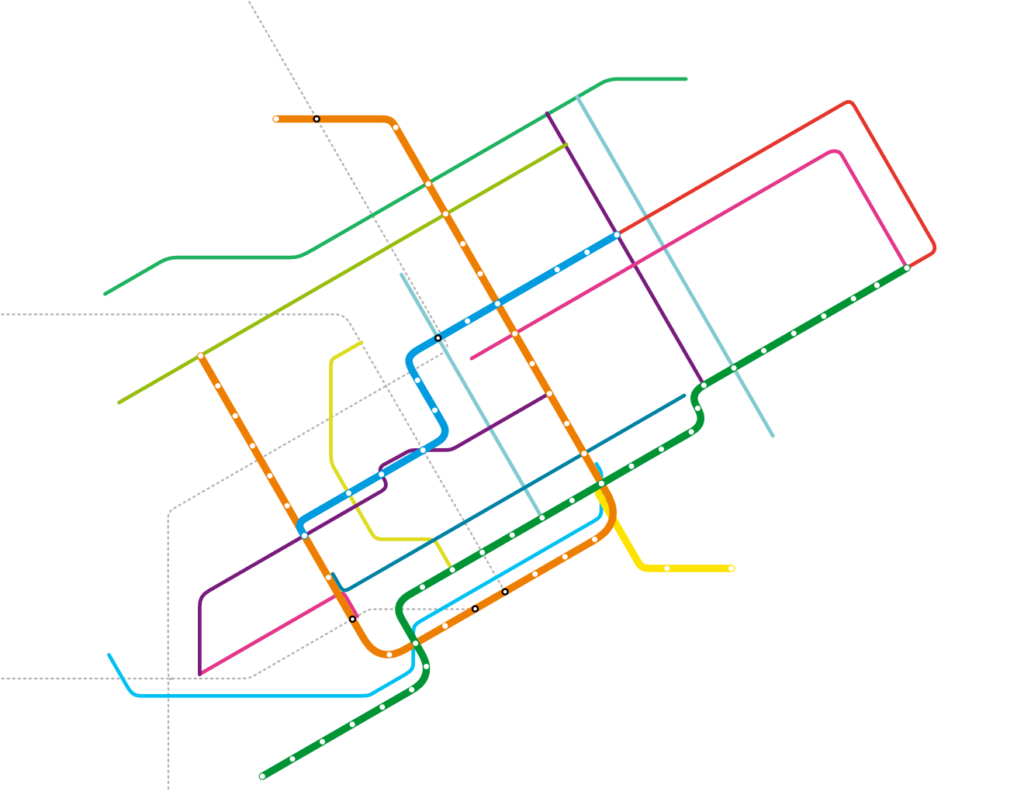Could Commuter Rail Equipment be Used for Affordable Intercity Travel?
Monday, February 25th, 2013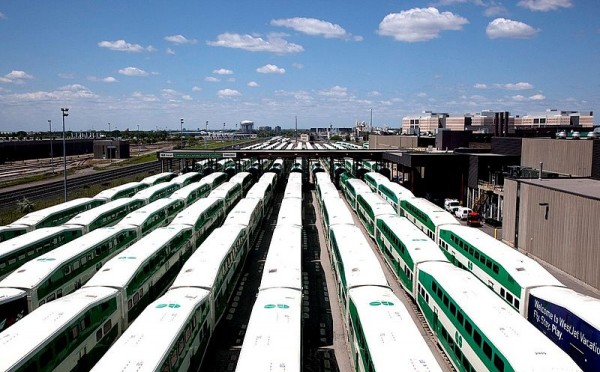
Toronto Commuter rail equipment waiting for the evening rush. source
The rail operator in France just started marketing a truly low cost high speed rail option. SNCF will soon start a new rail service under the name OuiGo (yes go! we go!), offering travel as cheap as 10 Euros for travels as far as 500 miles. This may be the cheapest HSR tickets anywhere in the world, and offer quite the competition to low cost air carriers or driving. Just like with the cheap airlines, users may have to deal with some inconveniences: passengers have to pay to bring more bags and to use electrical outlets, there are no cafe cars. And the travel doesn’t start in central Paris, but rather 20km east in Marne La Vallée, to avoid the higher track fees of downtown Paris. That’s similar to how low-cost air carriers offer travel from cheaper outlying airports. Unlike those airlines, though, SNCF is still offering uncompressed seating. 1,268 passengers can fit into the duplex-TGVs by ditching the cafe car and using an all economy layout.
This service got me thinking whether in North America we could have at least cheap medium speed rail options. Both VIA in the Quebec-Windsor corridor and Amtrak in the North-East Corridor offer reasonably fast service, but at prices and with service that appears to attempt competing with air travel. Both Amtrak and VIA neither have the capacity, nor speed to compete with low cost airlines. But they may be able to compete with cars and affordable bus travel offered by Chinatown buses or Megabus.
VIA and Amtrak may not have the equipment to offer afforable high-capacity service. But there’s plenty of rail equipment laying around most of the day that could be used for exactly that — commuter trains. The standard North American commmuter rail paradigm offers service mostly (if not only) during peak hours, dumping large numbers of trains in downtown yards, waiting to rush back to the ‘burbs during the late afternoon. I would prefer they would be used for all day frequent service, but there will always be unused trains during the off-peak. Could they be used to offer affordable intercity service instead of clogging up space downtown?
Let’s check the schedules of two commuter rail lines in Montreal to see when all the trains are really needed. The services use fewer trains than departures, because the earlier trains return back to the origin and do another run. For the Mont St Hilare line, the train arriving at 7:50 in downtown can’t make it back to the end of the line soon enough to be part of the morning rush – it becomes dead weight downtown. Only one train is needed for the midday service. For the evening rush, all trains are used starting with the 16:50 departure. For the Candiac line, there’s one train unused between 8:40 and 16:15. Overall, there are time slots of 7-8 hours during mid-day, and up to 6 hours after 6-7pm, when trains could be used for other duties.
Mont St Hilaire line (55 minutes per run): arrive downtown: 06:30, 07:25, 07:50, 08:20, 08:50, 14:30, 19:25 depart downtown: 12:30, 15:50, 16:30, 16:50, 17:20, 18:00, 19:45
Candiac Line (40minutes per run):
arrive downtown: 06:40, 07:15, 07:40, 08:17, 08:40, 09:05, 09:30, 11:10, 14:00
depart downtown: 09:35, 12:20, 15:40, 15:55, 16:15, 16:45, 17:15, 17:55, 18:20
Commuter rolling stock may be a good match for high affordable high capacity intercity rail that doesn’t threaten the existing ‘premium’ rail market. It offers less space per passenger, but still much more than cars, buses or aircrafts. There’s also less space for baggage, meaning that it may have to be restricted in some way, just as for the OuiGo service in France. Commuter rail rolling stock offers a large amount of capacity, so even with cheap tickets the service may still be economically feasible. There are few amenities: no cafe cars (although one could install snack vending machines), no outlets (that’s a bummer for laptop carrying students), no wifi.
The cars tend to have lower maximum speed (100mph vs 125mph, or 80mph vs 100mph), so travel times may be slightly longer. This could be offset by having fewer stops, only at larger stations. Not stopping at small towns also matches trying to tap into large travel markets, and not competing too much with existing rail options for smaller markets. With fewer stops, fewer conductors are feasible because there is more time to check tickets between stops.
Travel between 9am and 5pm cut into regular work hours and is thus inconvenient for work-related travel. Travel after 6-7pm, i.e. twoards the end of the evening rush, with arrivals around midnight, may again be somewhat inconvenient for business traveless who may prefer taking intercity trains towards the beginning of the evening rush, in order to arrive during more reasonable times.
Schedule possibilities
A 7-8hour mid-day time slot allows for travel back and forth in the 2.5 to 3.5 hour range. Along the Quebec Windsor Corridor, this could match city paris like Montreal-Quebec, Montreal-Ottawa, Montreal-Kingston, Toronto-Kingston, Toronto-London. In the US, Philadelphia-New York, Philadelphia-DC and New York-Albany are easily doable, other city pairs will take longer than 4 hours.
In order to connect better city pairs that are more than 4 hours apart like New York-Dc, Montreal-Toronto, and Boston-New York, all of which have compatible commuter rail operations, one could send a train from each city to the other during the mid-day. The two trains could be used in the evening rush service at the destination city, for a sort of away game. The trains could then return either after the rush hour for a late night return, or during the next day. Equipment should be available during the whole weekend, allowing even more departures.
A note about non-main station departures: Gare Centrale in Montreal uses high-level platforms, which Toronto’s bilevel commuter cars can’t access. But the existing commuter rail stations of Vendome and Lucien L’Allier in Montreal are low platform, not far from downtown, and connected via the metro. In New York, there may be capacity issues going through the Hudson tunnels that connect Manhattan and New Jersey. If it’s impossible to add train departures even during mid-day, it may still be possible to have the trains depart from a New Jersey location that is accessible by rapid transit (i.e. Hoboken or Newark).
